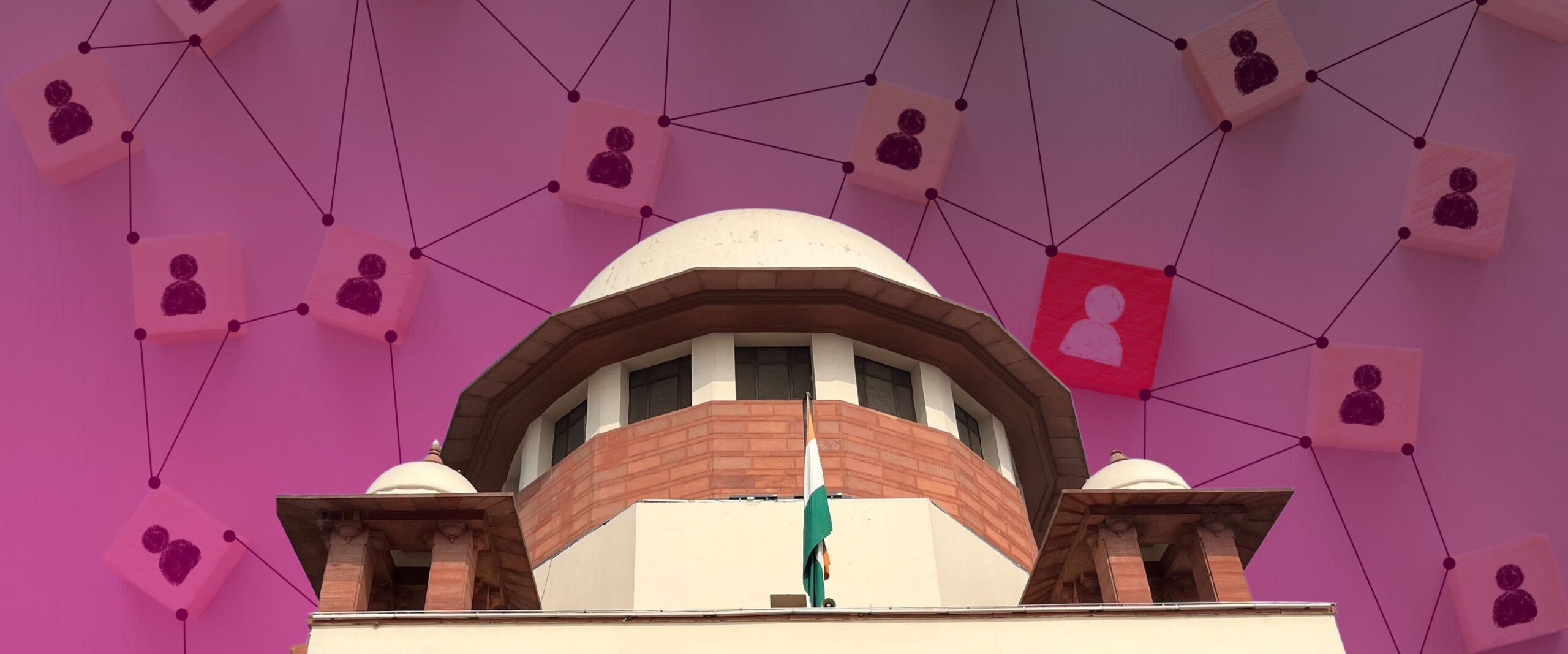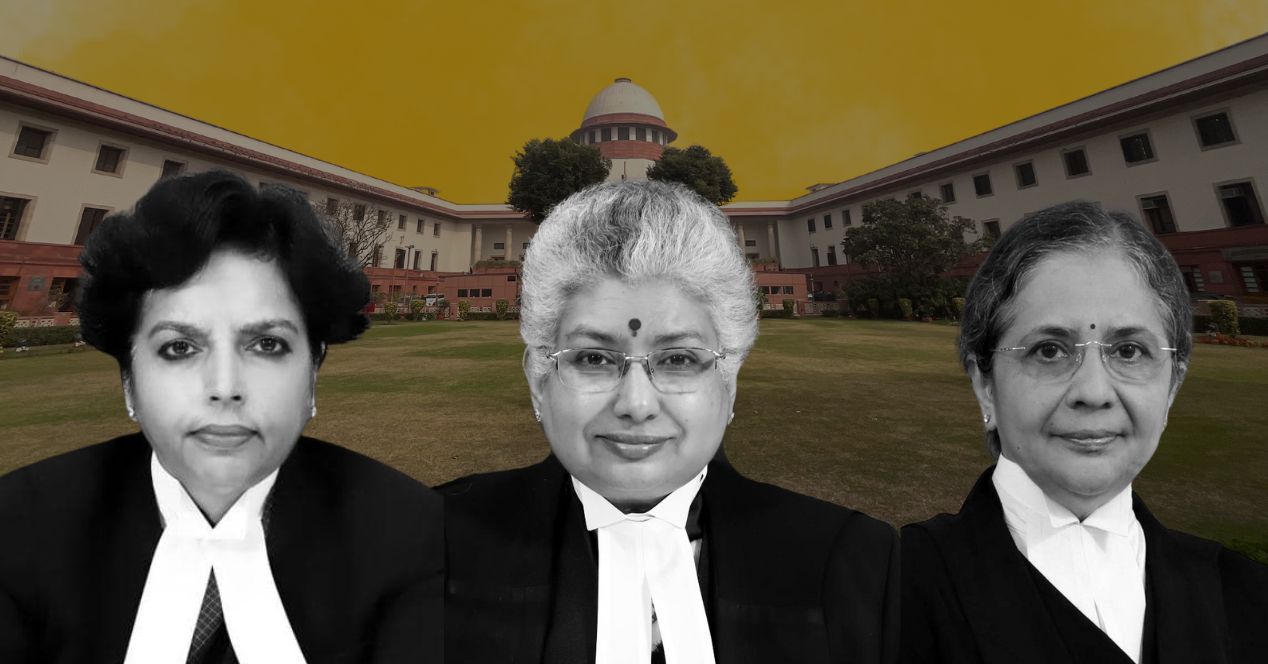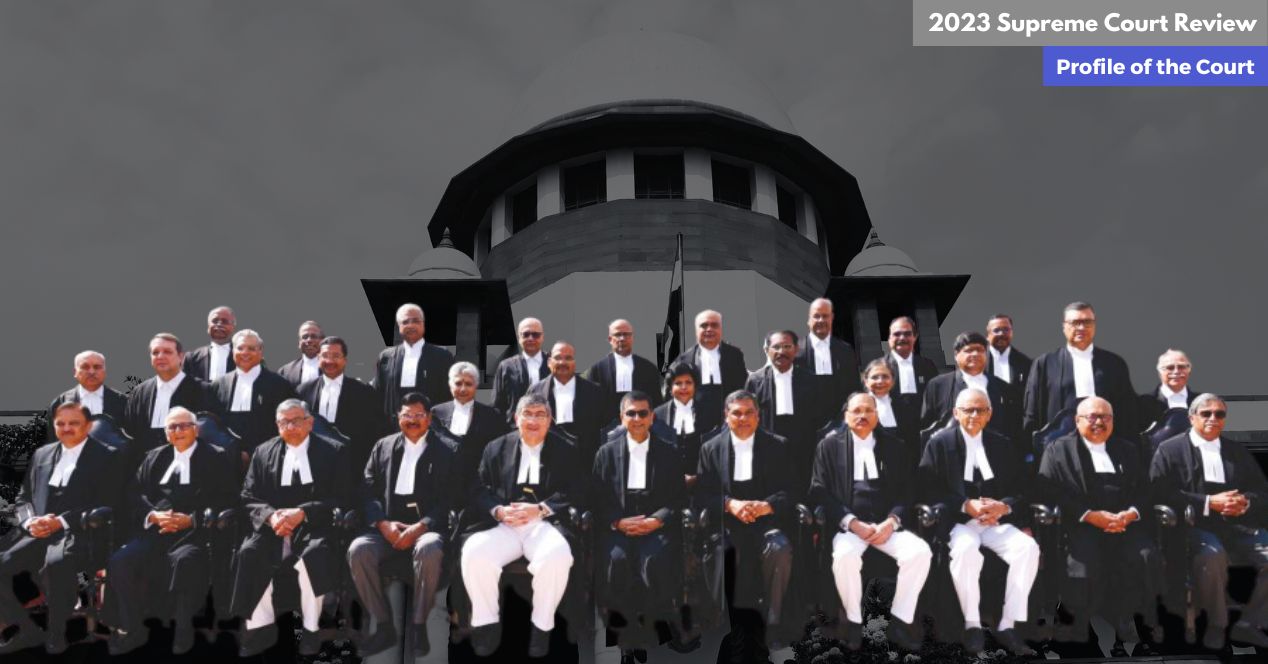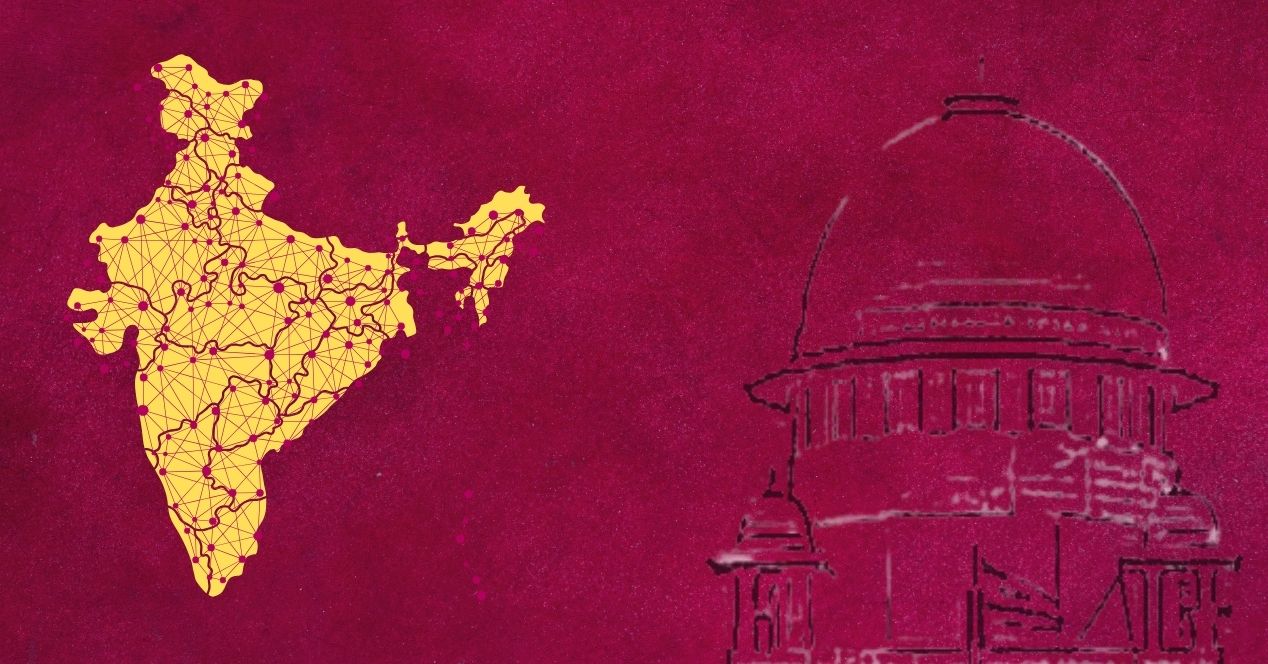Analysis
The representation conundrum
With six more retirements in 2025, how will the Collegium balance regional diversity with gender, religious and community representation?

When CJI Sanjiv Khanna assumed office in November last year, the Supreme Court was two judges short of its sanctioned strength of 34 judges. Towards the end of the month, the Collegium he led recommended Justice Manmohan of the Delhi High Court for elevation. The one-page recommendation considered the fact that at the time, there was only one judge from the Delhi High Court in the Supreme Court. The Union notified the appointment on 3 December.
Since then, the Court functioned with one vacancy until earlier this week, when Justice C.T. Ravikumar, the only judge from the Kerala High Court, retired. This brought the sitting strength down to 32 judges again. The Khanna-led Collegium sprung to action and recommended K. Vinod Chandran for elevation. The Collegium’s recommendation made a point of highlighting that Justice Chandran’s parent High Court was Kerala.
Diversity has been a key consideration in Collegium recommendations. In CJI D.Y. Chandrachud’s tenure, the Collegium’s resolutions were more elaborate, perhaps to address the criticism of thin and vague reasoning in the tenures of previous CJIs. The recommendations also emphasised the fact that representation on the axes of region, gender and community would be considered along with seniority and merit. However, ensuring diversity has proved to be challenging in practice. For instance, none of the 17 names recommended by the Chandrachud Collegium were women.
Representation will be in the limelight again this year as six more retirements are scheduled. Each vacancy will create its own kind of representation gap, often on more than one axis.
For instance, Justice Ravikumar was also one of only three judges from a Dalit community in the top court along with Justices B.R. Gavai and P.B. Varale. Justice Gavai is on track to become the second Dalit Chief Justice of India. After this retirement, there will be only one Dalit judge at the Court if another is not elevated.
Justice Hrishikesh Roy retires later this month, leaving behind only Ujjal Bhuyan from the Gauhati High Court. With CJI Khanna’s retirement in May, the Delhi High Court will also have only one representative. This is a far cry from the four judges Delhi had in September 2023—a ground on which Senior Advocate Siddhartha Dave defended the Collegium’s decision to not elevate Justice S. Muralidhar.
Justice A.S. Oka will retire in May, leaving the Court with two judges from the Bombay High Court until Justice Gavai’s retirement in November. Justice Bela Trivedi, one of only two sitting women judges and one of two from the Gujarat High Court, is scheduled to retire in June. The other retirement this year is that of Justice Sudhanshu Dhulia, the only sitting judge from the Uttarakhand High Court.
Currently, the Supreme Court has only one Muslim judge and one Christian judge. In last year’s recommendation for the elevation of Justice R. Mahadevan from Tamil Nadu, the Collegium noted that he represented the “backward community”.
However, there are many roadblocks to striking the fine balance across these multiple axes of representation. First, there is the issue of an adequate pool of judges for elevation. In an interview to the SCO in November 2023, Justice S.K. Kaul highlighted that even when the Collegium endeavours to relax the rules of seniority, a particular cohort may not have a judge deemed fit for elevation. This scarcity is all the more pronounced with women’s appointments. Currently, there is only one woman Chief Justice in all High Courts.
Second, the Collegium itself will see changes this year. Justice Vikram Nath will join after Justice Roy’s retirement. Following CJI Khanna’s retirement, Justice J.K. Maheshwari will become part of the Collegium headed by CJI Gavai. Justice B.V. Nagarathna will join the Collegium once Justice Oka retires. Justice Surya Kant will become Chief in November. Justice M.M. Sundresh will join the Kant-led Collegium.
Finally, appointments also depend heavily on the dynamics between the Collegium and the Union executive. In the past, recommendations have been stalled even after reiteration by the Collegium. Given the Bharatiya Janata Party-led government’s distaste for this system of appointments, the three Chief Justices of 2025 will have to carefully navigate the tricky terrain of judge selection.
This article was first featured in SCO’s Weekly newsletter. Sign up now!




